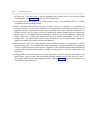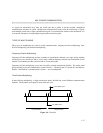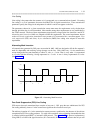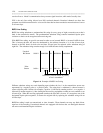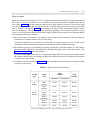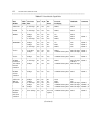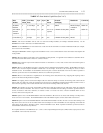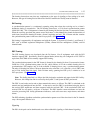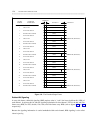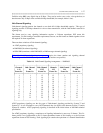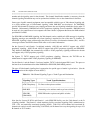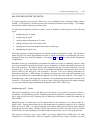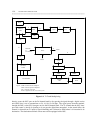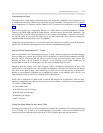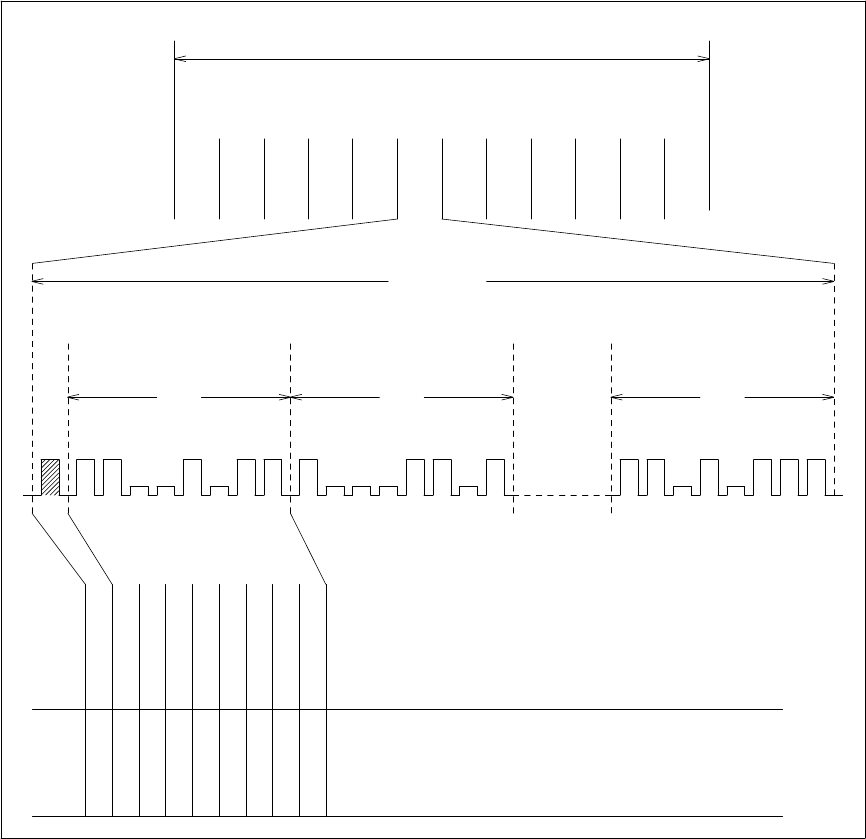
1-24 MULTIPLEXED COMMUNICATION
_ ___________________________________________________________________________________________________________________________
_ ___________________________________________________________________________________________________________________________
_ ___________________________________________________________________________________________________________________________
d8
X
X
X
X
X
A
X
X
X
X
X
B
A SIGNALING FRAME (OPTIONAL WITH ROBBED-BIT SIGNALING)
B SIGNALING FRAME (OPTIONAL WITH ROBBED-BIT SIGNALING)
FRAME
#
1
2
3
4
5
6
7
8
9
10
11
12
F
1
0
0
0
1
1
0
1
1
1
0
0
d1
X
X
X
X
X
X
X
X
X
X
X
X
d2
X
X
X
X
X
X
X
X
X
X
X
X
d3
X
X
X
X
X
X
X
X
X
X
X
X
d4
X
X
X
X
X
X
X
X
X
X
X
X
d5
X
X
X
X
X
X
X
X
X
X
X
X
d6
X
X
X
X
X
X
X
X
X
X
X
X
d7
X
X
X
X
X
X
X
X
X
X
X
X
1 2 3 4 5 6 7 8F 1 2 3 4 5 6 7 8 1 2 3 4 5 6 7 8 BIT #
TIME
SLOT #
1 2 24
1 FRAME
125 µSEC. 193 BITS
1 SUPERFRAME = 12 FRAMES
FT 1 1
0
0
0
1
1
0
1
1
1
0
0 FS
F6 F7 F8 F9 F10 F11 F12 F5 F4 F3 F2 F1
FRAME #
COMBINED F 1 0 0 0 1 1 0 1 1 1 0 0 1
1.5 MS, 2316 BITS
Figure 1-7. D4 Framing
Framing
A frame is a set of 24 8-bit time slots grouped as a single transmission unit. Each DS1 frame has 192 bits
(24 × 8), plus 1 bit, known as the framing bit, that is inserted at the beginning of each frame. Since each
frame repeats time slots in the same sequence as previous frames, the time slots representing a single
conversation or data stream form a channel.
Two framing formats are currently in use: the D4 frame and the extended super frame (ESF). The ESF
format is preferred because of its superior reliability. However, either format may be chosen; the decision
must depend on the network equipment and application.



